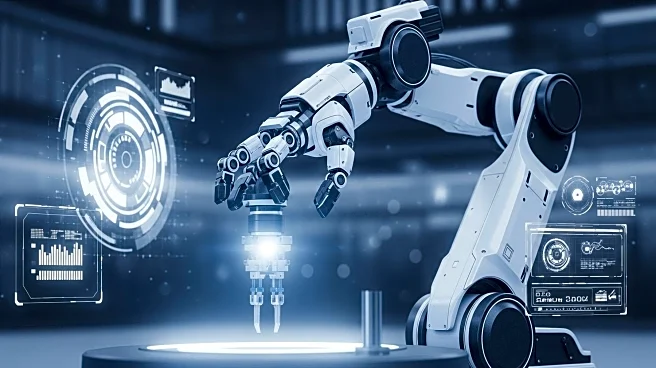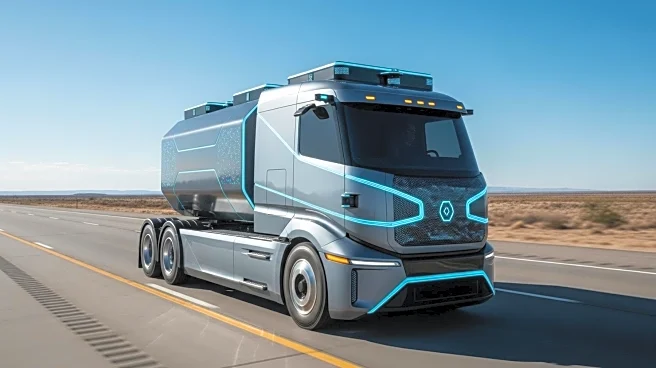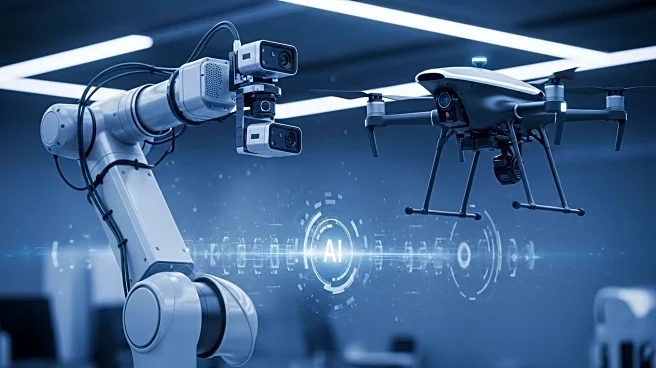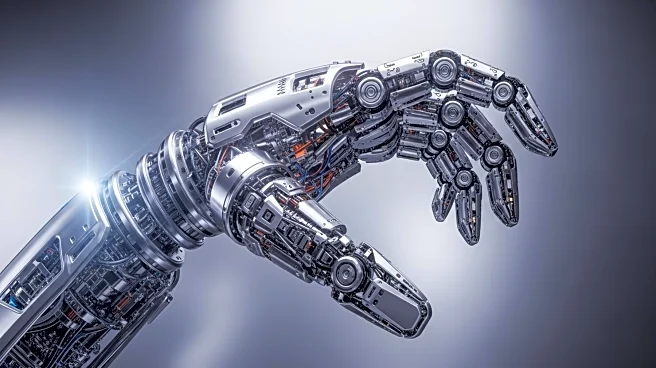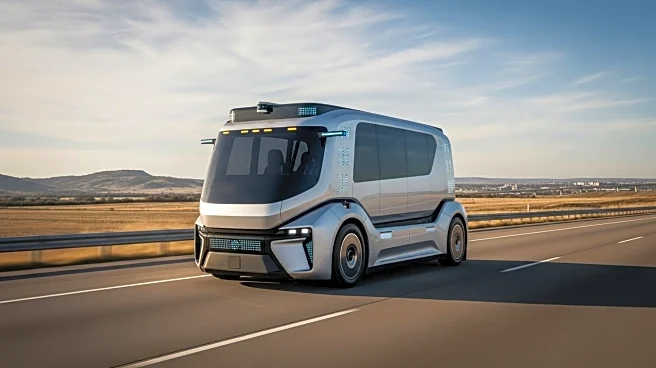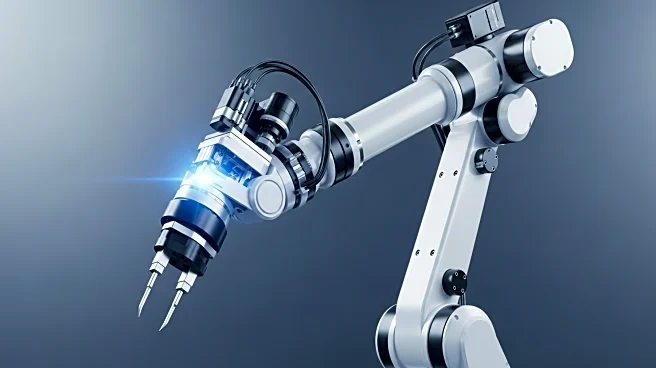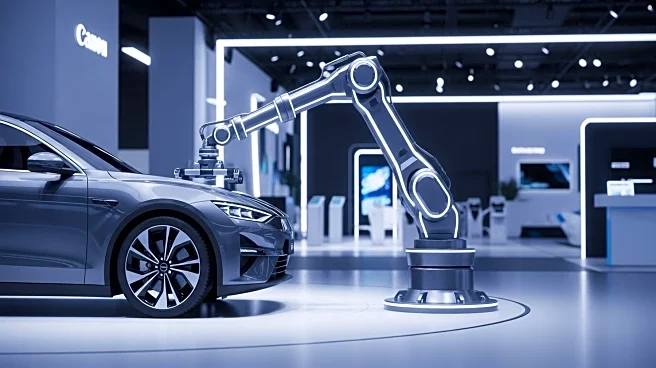What's Happening?
Bain & Company has released its Global Technology Report 2025, which reveals that humanoid robots are still largely in the pilot phase despite significant investment and media attention. The report notes that humanoid robots attracted approximately $2.5 billion in venture capital funding in 2024, driven by demographic pressures in advanced economies. However, these robots remain heavily reliant on human input for tasks such as navigation and dexterity. While advances in generative AI and vision systems have brought intelligence and perception closer to human levels, challenges in battery performance and fine motor handling persist. Currently, most humanoid robots can operate for only about two hours per charge, with Bain estimating that a full eight-hour shift may be a decade away without breakthroughs in energy density.
Why It's Important?
The development and deployment of humanoid robots have significant implications for various industries, including logistics, healthcare, and construction. As these robots become more capable, they could transform service roles and industrial tasks, potentially leading to increased efficiency and reduced labor costs. However, the report emphasizes that ecosystem readiness, including regulatory clarity, safety certification, workforce acceptance, and public trust, will be crucial for scaling humanoid robots beyond pilot phases. Companies that invest early in infrastructure and workforce trust may gain a competitive advantage as the technology matures.
What's Next?
According to Bain's report, humanoid robots are expected to appear in logistics and industrial tasks within controlled settings over the next three years. In five years, improved dexterity and modular batteries could enable these robots to take on semi-structured service roles, such as resetting hotel rooms or running hospital supplies. A decade from now, humanoid robots may be viable in open-ended environments like elder care and mining as they gain physical intelligence. The report suggests that technology providers, component makers, integrators, and adopters must align on infrastructure, data, and safety to capture value as readiness improves.
Beyond the Headlines
The report highlights the importance of ecosystem readiness, suggesting that regulatory clarity, safety certification, workforce acceptance, and public trust will be critical for the successful adoption of humanoid robots. This underscores the need for collaboration among technology providers, component makers, integrators, and adopters to ensure that infrastructure, data, and safety standards are met. As humanoid robots become more integrated into various industries, ethical considerations regarding labor displacement and privacy may also arise.

